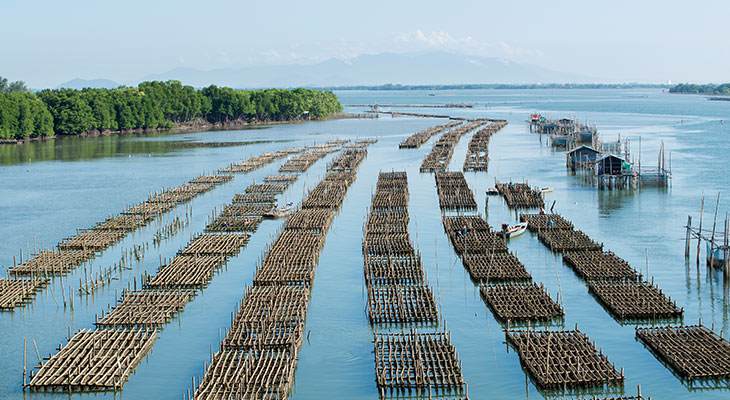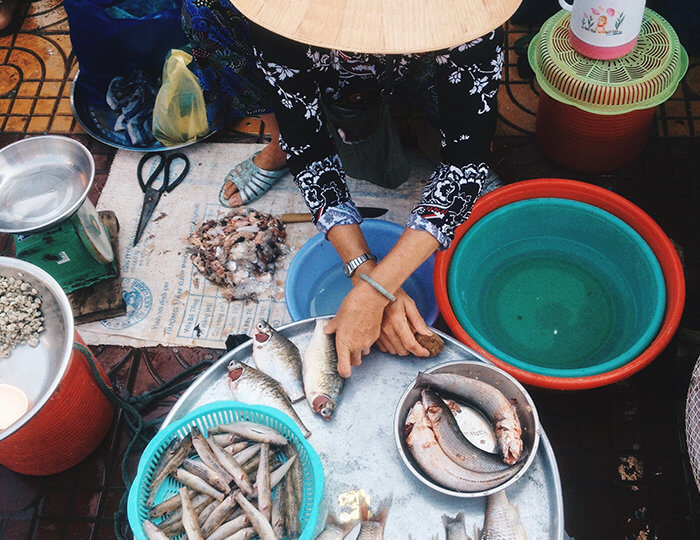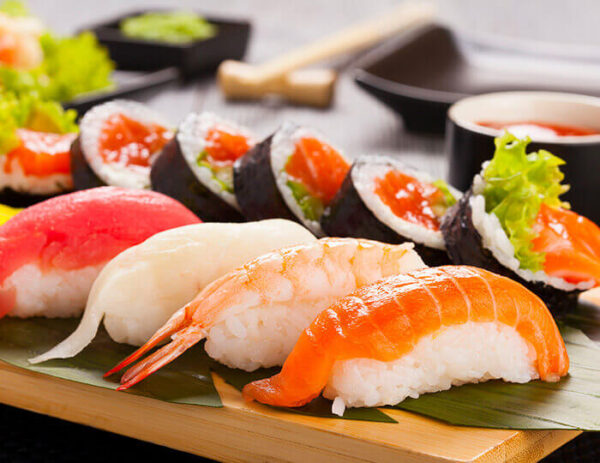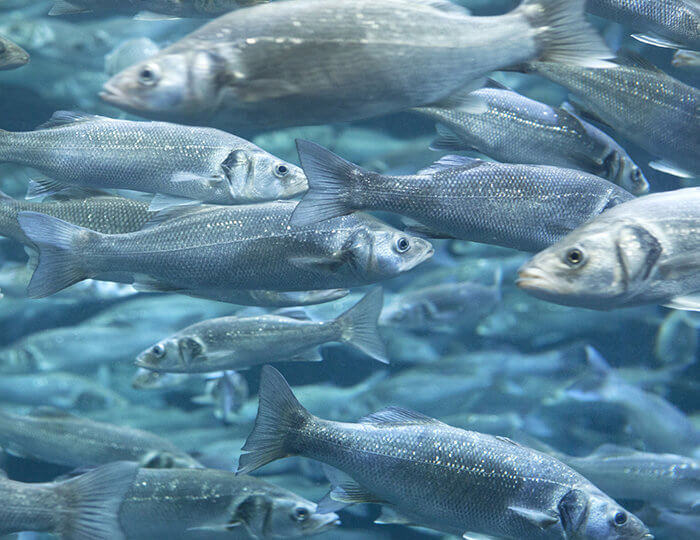NEWS • 2024-10-03
Strengthening national climate strategies using blue foods
Parties to the Paris Agreement can now reference new guidelines for strengthening their national climate strategies. Released on September 25 at Climate Week NYC, the guidelines include targets for emissions reduction, adaptation strategies, and policy interventions to ensure fisheries and aquaculture, or blue foods, advance climate action.

Oyster farm in Thailand. Photo: IStock
The nationally determined contributions (NDCs) are commitments that countries made to reduce their greenhouse gas emissions as part of achieving the global targets set out in the Paris Agreement, the landmark treaty signed by nearly 200 countries in 2015 to limit global warming to well below 2 degrees Celsius by the end of this century.
“We want to remind Parties to the Paris Agreement that the incredible diversity of blue food species offers many possibilities for reducing emissions and adapting to climate change,” said contributing author Michelle Tigchelaar, a climate scientist with WorldFish and a fellow at the Stanford Center for Ocean Solutions who led the report’s development.
Developed in an international research collaboration led by he Stanford Center for Ocean Solutions, the guidelines are designed for audiences working on NDCs and other climate strategies.
Blue food solutions
Blue food climate solutions range from the aquatic environments where these foods are produced to the meals they ultimately provide. The policy options outlined in these guidelines are organized into five intervention areas: capture fisheries production, aquaculture production, blue food supply chains, consumption and diets, and blue foods and coastal blue carbon habitats.
For each policy option, the team provide a brief description, offer potential concrete measures and example targets, and assess co-benefits and trade-offs between adaptation and mitigation, as well as other sustainable development outcomes. They also share practical examples of these policy options in action.
Each intervention area is supplemented with tools and resources to support planning, decision making, implementation, and progress evaluation.
Beijer Institute co-authors Malin Jonell and Max Troell examined the effectiveness of various types of blue foods in reducing climate impact compared to other foods, as well as their potential to enhance adaptation to climate change.
“Blue foods have the potential to offer climate benefits, making them “climate-smart.” However, it’s crucial to carefully navigate the diversity of species and production systems involved”, says Max Troell.
Benefits for several sustainable development goals
Moreover, many of the policy options can support other sustainability goals in areas such as energy, nutrition, economic development and improved food security and livelihoods.
For example, FAO and the governments of Angola, Honduras, and Peru have developed national strategies that incorporate local fish products into school meal programs. In Peru, the harvesting and processing of anchoveta, a small baitfish caught just off the coast, produces one of the lowest carbon footprints of all wild capture species. Anchovies are also packed with nutrients, thereby supporting student health, local livelihoods, and the consumption of low-carbon blue foods all at the same time.
“Identifying the various trade-offs associated with selecting and promoting different blue foods will be essential”, concludes Malin Jonell.
A regional webinar series 17, 21, and 22 October 2024, dives into some of the policy options and case study examples outlined in the guidelines. Read more and register in link above.
The project is supported by the Gordon and Betty Moore Foundation.
NEWS



